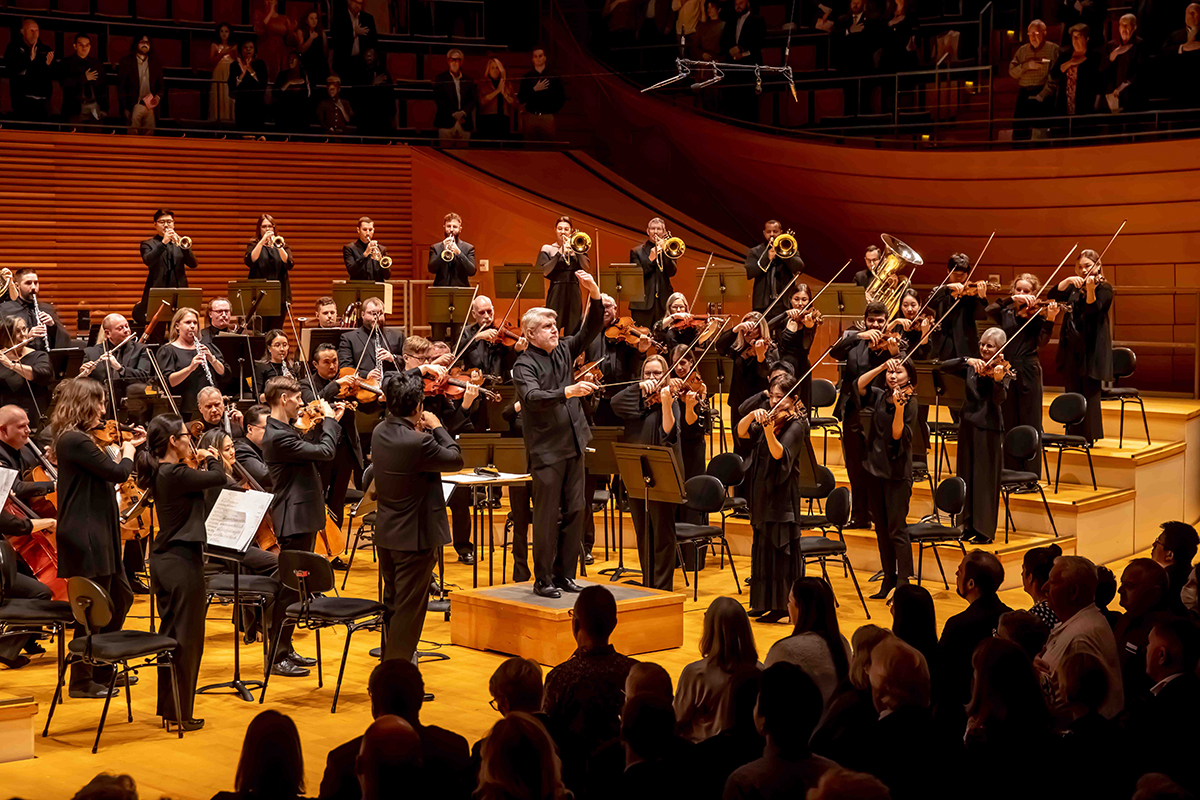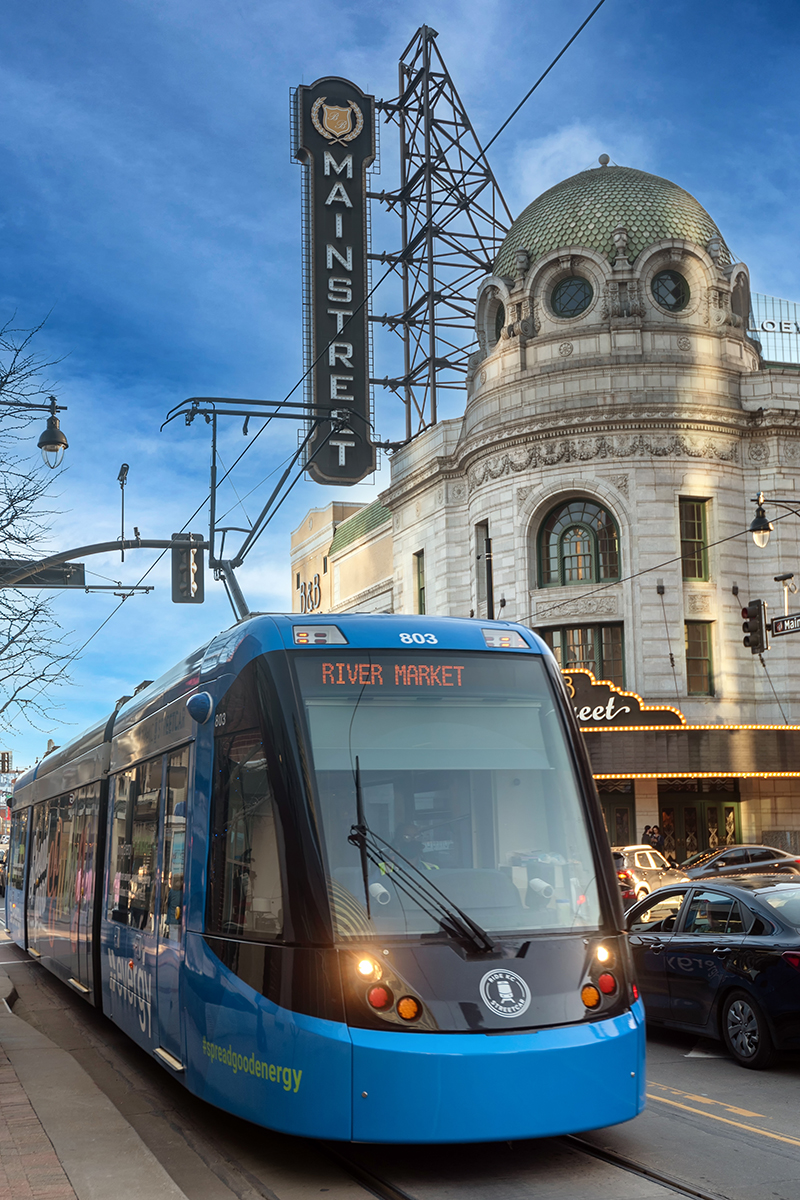It’s a funny thing to profile someone in a magazine. No matter how carefully you research and write, the sheer brevity of the form means that the story will inevitably be reductionist. For instance, if you are profiling James Martin, recently hired by the city of Kansas City as a public art administrator, you might describe him as soft-spoken and thoughtful. Then you’d say he looks like William H. Macy but without the droopy pathos. Really, though, how awful is it to sum up a complicated human being with two adjectives and a celebrity comparison?
A typical profile would also relate a bit of biography, noting that Martin was born in Indiana, moved to KC at twelve and went to Shawnee Mission Northwest. He graduated from KU and pursued a master’s in art history at Case Western Reserve University in Cleveland. After school, he worked at the Nelson-Atkins Museum of Art, then as a curator for Sprint and Truman Medical Centers.
After that, a profile should get to the point: Martin’s new gig at City Hall comes as the city prepares for the most expensive public art project in its history: a $1.5 billion airport with a budget of $5.6 million for art.
And that’s the “peg.” Here’s the guy who’ll be picking millions of dollars worth of art. Except not. Because everything is always more complicated than you think. It’s more accurate to say Martin will be serving a vital role in the selection process, particularly in helping to create broad and inclusive calls for artists, but many other voices will rightly be involved.
Besides, as Martin emphasized in our conversation at City Hall, his job covers far more than the new airport. He mentions a project at the Regional Police Academy, for instance.
So, given the reductionist nature of magazine profiles, maybe the best you can get is a brief biographical sketch (see above) and a few thoughts from the subject himself.
With any piece of art, Martin says, there is a potential for escape, inspiration or healing. Public art, though, is different. People experience it outside of the museum, unprepared for a symbolic experience.
“What fascinates me about public art is that it happens in the public sphere where somebody might be walking down the sidewalk,” Martin says. “They didn’t set out that day to look at art, but bang — there it is.”
Martin talks about works at a KCMO police station and city tow lot. They let folks commune with something beautiful even while colliding with the administrative state. He talks about his prior work at a hospital and how important it is for patients to have an aesthetic experience as part of their healing process.
But he sees an even higher purpose for public art. Art, Martin believes, can help heal our wounded nation.
“I mean, I’ve been on the job three weeks,” he laughs. “So give me a few more years and check back in, but one of my goals is how can we start utilizing public art in a way that gets people on different sides of issues to actually start having a relationship with
each other?”
He mentions a branded process called Visual Thinking that museums use to build audience engagement. The process could also, Martin muses, help heal
the nation.
Imagine a scenario, he says, where we bring in people who are on different sides of an issue. “And we’re not talking about the issue. We’re talking about art so that they can begin to see that the person that they disagree so strongly with is, perhaps, not a demon.
“There was a phrase that I was kind of saying to myself: creating peace through art,” Martin says.
Art to save the world. That, in the language of magazine profiles, is a pretty solid kicker.




